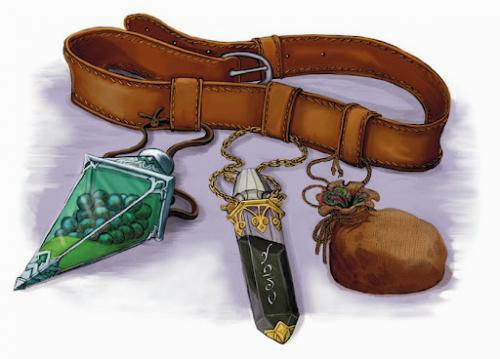Death is an ever-present part of life, but in Mexico it is embodied by vibrant colors, bright marigold blossoms, papier-m^ach'e skeletons, and sugar skulls during "D`ia de los Muertos", a traditional Mexican holiday now increasingly recognized and celebrated in the U.S. It happens November 1 and 2. Far from being macabre and morbid, this inherently religious holiday - it coincides with the Roman Catholic holidays, All Saints' and All Souls' Days - celebrates the memory of deceased loved ones and is full of warmth and love. The spirits of the dead are welcomed home by family and friends where they are greeted by elaborately decorated home altars dedicated in their honor and offered their favorite foods. Preparation of home altars and graves is an essential part of celebrations. They are cleaned and decorated with marigolds, food, trinkets, and pictures of the dead. These "ofrendas" are considered sacred and are only for the deceased until after the holiday. "Pan de los muertos", or bread of the dead, is a common "ofrenda" on home altars and graves. It is made only once a year for "D`ia de los Muertos" celebrations and is shaped into human figures to represent the dead. While "ofrendas" are reserved only for the dead during the holiday, other objects are made for the living. Skulls and skeletons, called "calaveras", are well-known symbols of D`ia de los Muertos and are used not only as altar and grave decorations, but are given to friends and family during the holiday. The skulls are molded sugar and water confections decorated with colored icing and foil, sometimes with the name of a deceased person written across the top. Skeleton figures and marionettes are made of a variety of materials, including papier-m^ach'e, and can have moving parts. The "calaveras" are exchanged as gifts among the living for enjoyment and humor. Photos above: These colorful male and female "calavera" figurines were made in Mexico City, Mexico, circa 2002, and are now part of the museum's collections. Photo below: Calaveras and sugar skulls adorn an altar constructed by museum staff in celebration of the holiday.
Credit: healing-magic.blogspot.com

